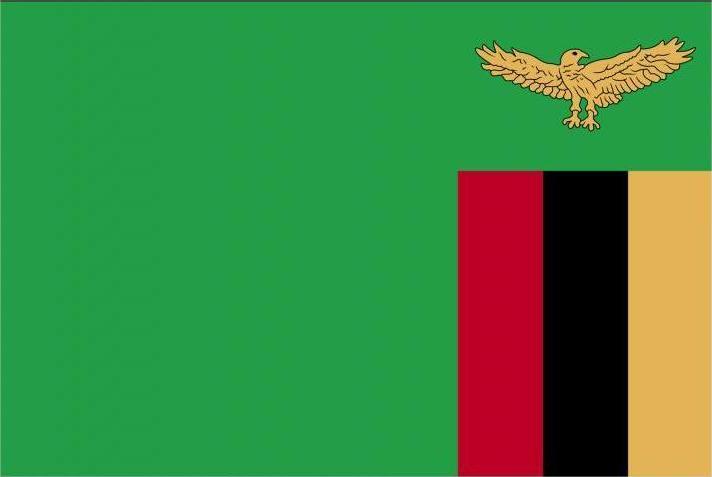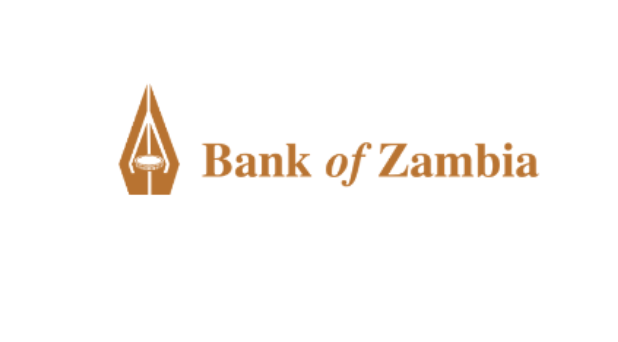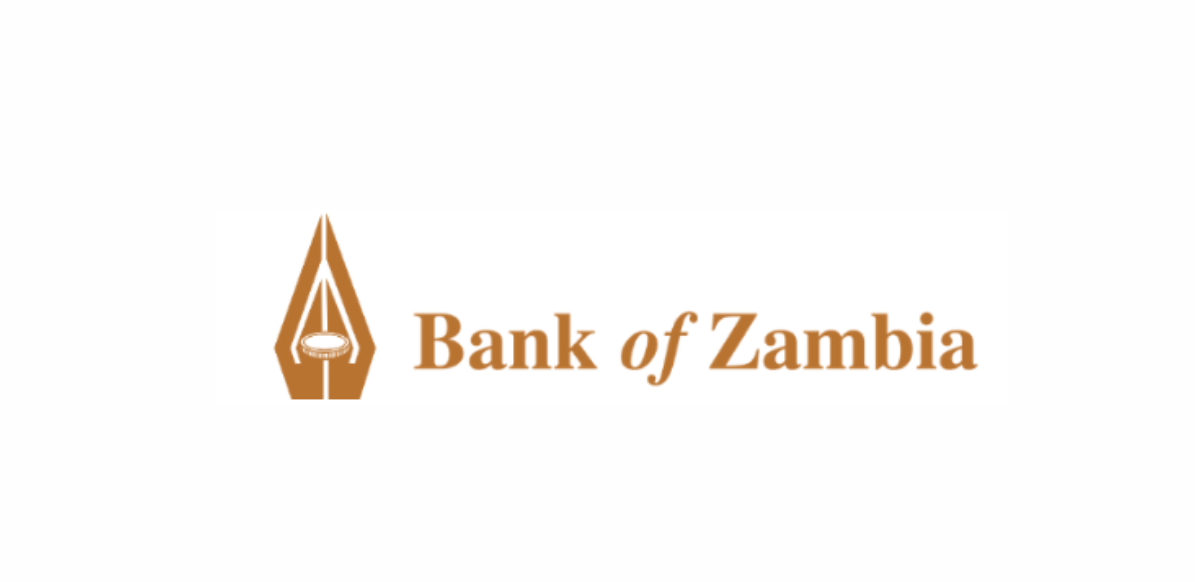Fitch Affirms Zambia's LTFC IDR at 'RD'; Affirms LTLC IDR at 'CCC', off UCO
A full list of rating actions is at the end of this rating action commentary.
KEY RATING DRIVERS
External Debt Remains in Default: The 'RD' LTFC IDR reflects that Zambia remains in default on its foreign-currency government debt, following the sovereign's failure to honour a Eurobond interest payment in October 2020. Subsequently, the government announced that it would stop servicing all of its external debt, excluding multilateral debt and some priority project loans, and applied for debt relief under the G20 Common Framework. Following the financing assurances provided by the Official Creditor Committee in July 2022, the IMF Board approved a USD1.3 billion 38-month Extended Credit Facility Arrangement in August, clearing the way for a debt treatment.
Sizable External Debt Treatment Planned: According to the IMF/World Bank Debt Sustainability Analysis, Zambia needs to deliver USD8.4 billion external debt service reduction over the programme period (2022-2025) to ensure the programme is fully financed. According to a presentation to investors in October 2022, the restructuring perimeter would encompass bilateral official loans, export credit agency-backed commercial loans and all private creditors' foreign-currency-denominated claims, with the exception of fuel and contractor arrears and external independent power producer arrears.
Within this perimeter, the authorities have announced that a 49% present-value reduction is being sought to meet the IMF/World Bank thresholds for a moderate risk of debt distress with substantial space to absorb shocks. Under our assumptions surrounding the restructuring parameters of foreign-currency debt, total debt would reach 107% of GDP in 2023 and 98.5% of GDP in 2024, after 122% in 2022, although there is still a high degree of uncertainty about these parameters.
Local-Currency Debt Restructuring Less Likely: The 'CCC' LTLC IDR reflects that the government has continued to service its local-currency debt and has announced its intention to exclude local-currency debt, whether held by domestic or foreign investors, from the Common Framework debt treatment in order to protect the domestic banking sector. A selective treatment of only non-resident local-currency debt was excluded on legal and logistical grounds and because of the desire to continue attracting foreign investors on the domestic market, following the increase in non-resident participation in 2021, although participation of non-residents on the domestic debt market has moderately declined in 2022.
However, the 'CCC' LTLC IDR also reflects substantial credit risk, partly due to uncertainty over whether external debt treatment will prove sufficiently deep to restore debt sustainability and ensure local-currency debt remains excluded from restructuring.
Fiscal Consolidation Still Ahead: Although the government has proved committed to the implementation of the IMF programme, fiscal consolidation has not materialised in 2022, with non-interest expenditure expected to be around 25% higher than in the initial budget, mainly because higher than expected international fertiliser prices pushed up agricultural subsidy spending. Fitch estimates that the primary deficit on a cash basis will reach 3.4% of GDP in 2022 after 2.2% in 2021. The reversal of an earlier cut of VAT and excise duties on fuel in October 2022 and other revenue-enhancing measures presented in the 2023 draft budget, together with an expected stabilisation of non-interest expenditures would allow the primary deficit to be reduced to 1.2% in 2023 and around 0 in 2024. The 2023-2025 Medium-Term Expenditure Framework is broadly consistent with Fitch's projections.
Increased Call on Domestic Debt Market: The 2023 Annual Borrowing Plan sets a ZMW15.6 billion (around USD900 million) limit on new domestic borrowing that Fitch views as credible. 2024 new borrowing on the domestic debt market will be of the same magnitude given expected disbursements from IFIs and principal payments on external debt, although depending on the outcome of the restructuring. A continuation of the decline in non-resident investor participation on the domestic debt market would adversely impact international reserves.
Current-account Deficit Returns: The current account balance returned to a deficit in 3Q22 (4.9% of 3Q22 GDP) for the first time since 2Q18 due to the lower price for copper (which accounts for around 80% of merchandise export receipts). The current-account performance has been supported in 2021 and 2022 by the non-payment of interest on external debt. Although investments in the mining sector are recovering and made more attractive by the royalty tax reform presented in the 2023 budget bill, we do not anticipate increased export volumes in the short term, as distressed assets still weigh on production.
Fitch forecasts a current-account deficit of 0.1% of GDP in 2022, widening to 2.9% in 2023, followed by 2.8% in 2024. The payment of royalties in US dollars directly to the central bank and the receipt of IFI funds have stabilised gross international reserves at around USD3 billion (3.5 months of imports), but the widening current account deficit and weak prospects for international borrowing will weigh on reserve levels in 2023 and 2024.
Improved Fiscal Management: As part of the IMF programme, Zambia has enacted some reforms to improve public finance management. In order to avoid non-authorised debt accumulation, the Public Debt Management Act (August 2022) requires that all borrowings (domestic and external) by the central government and all external borrowings by other public entities are approved by the National Assembly through an annual borrowing plan. The Bank of Zambia Act (July 2022) strengthens the central bank's mandate and independence, the credibility of monetary policy and its powers in financial supervision.
ESG - Governance: Zambia has an ESG Relevance Score (RS) of 5 for both Political Stability and Rights and for the Rule of Law, Institutional and Regulatory Quality and Control of Corruption. Theses scores reflect the high weight that the World Bank Governance Indicators (WBGI) have in our proprietary Sovereign Rating Model. Zambia has a medium WBGI ranking at the 32th percentile reflecting a recent record of peaceful political transitions, a moderate level of rights for participation in the political process, moderate institutional capacity, established rule of law and a moderate level of corruption.
ESG - Creditor Rights: Zambia has an ESG Relevance Score (RS) of 5 for Creditor Rights as willingness to service and repay debt is highly relevant to the rating and is a key rating driver with a high weight as Zambia has not serviced its outstanding Eurobonds since its failure to pay the coupon due on 14 October 2020.
RATING SENSITIVITIES
Factors that could, individually or collectively, lead to negative rating action/downgrade:
- The LTLC IDR would be downgraded on increasing signs that local-currency debt, in general or specifically held by non-resident investors, will be included in a debt restructuring - or on heightened liquidity stress that jeopardises the capacity to repay local-currency debt.
Factors that could, individually or collectively, lead to positive rating action/upgrade:
- Once Zambia reaches an agreement with private creditors on the restructuring of its LTFC-denominated debt and completes that restructuring process, Fitch will assign FC IDRs based on a forward-looking assessment of its willingness and capacity to honour its foreign-currency debt
- The LTLC IDR would be upgraded if Fitch has greater confidence that the debt restructuring process will be completed and will exclude local-currency debt from the final treatment.
SOVEREIGN RATING MODEL (SRM) AND QUALITATIVE OVERLAY (QO)
Fitch's proprietary SRM assigns Zambia a score equivalent to a rating of 'CCC+' on the Long-Term Foreign-Currency IDR scale. However, in accordance with its rating criteria, Fitch's sovereign rating committee has not utilised the SRM and QO to explain the ratings in this instance. Ratings of 'CCC+' and below are instead guided by the rating definitions.
Fitch's SRM is the agency's proprietary multiple regression rating model that employs 18 variables based on three-year centred averages, including one year of forecasts, to produce a score equivalent to a LT FC IDR. Fitch's QO is a forward-looking qualitative framework designed to allow for adjustment to the SRM output to assign the final rating, reflecting factors within our criteria that are not fully quantifiable and/or not fully reflected in the SRM.
BEST/WORST CASE RATING SCENARIO
International scale credit ratings of Sovereigns, Public Finance and Infrastructure issuers have a best-case rating upgrade scenario (defined as the 99th percentile of rating transitions, measured in a positive direction) of three notches over a three-year rating horizon; and a worst-case rating downgrade scenario (defined as the 99th percentile of rating transitions, measured in a negative direction) of three notches over three years. The complete span of best- and worst-case scenario credit ratings for all rating categories ranges from 'AAA' to 'D'. Best- and worst-case scenario credit ratings are based on historical performance. For more information about the methodology used to determine sector-specific best- and worst-case scenario credit ratings, visit https://www.fitchratings.com/site/re/10111579.
REFERENCES FOR SUBSTANTIALLY MATERIAL SOURCE CITED AS KEY DRIVER OF RATING
The principal sources of information used in the analysis are described in the Applicable Criteria.
ESG CONSIDERATIONS
Zambia has an ESG Relevance Score of '5' for Political Stability and Rights as World Bank Governance Indicators have the highest weight in Fitch's SRM and are therefore highly relevant to the rating and a key rating driver with a high weight. As Zambia has a percentile rank below 50 for the respective Governance Indicator, this has a negative impact on the credit profile.
Zambia has an ESG Relevance Score of '5' for Rule of Law, Institutional & Regulatory Quality and Control of Corruption as World Bank Governance Indicators have the highest weight in Fitch's SRM and are therefore highly relevant to the rating and are a key rating driver with a high weight. As Zambia has a percentile rank below 50 for the respective Governance Indicators, this has a negative impact on the credit profile.
Zambia has an ESG Relevance Score of '5'for Creditor Rights as willingness to service and repay debt is highly relevant to the rating and is a key rating driver with a high weight for Zambia as it has been in default on its foreign-currency debt obligations since late 2020.
Zambia has an ESG Relevance Score of '4' for Human Rights and Political Freedoms as the Voice and Accountability pillar of the World Bank Governance Indicators is relevant to the rating and a rating driver. As Zambia has a percentile rank below 50 for the respective Governance Indicator, this has a negative impact on the credit profile.
Except for the matters discussed above, the highest level of ESG credit relevance, if present, is a score of '3'. This means ESG issues are credit-neutral or have only a minimal credit impact on the entity, either due to their nature or to the way in which they are being managed by the entity. For more information on Fitch's ESG Relevance Scores, visit www.fitchratings.com/esg.






















































First, please LoginComment After ~